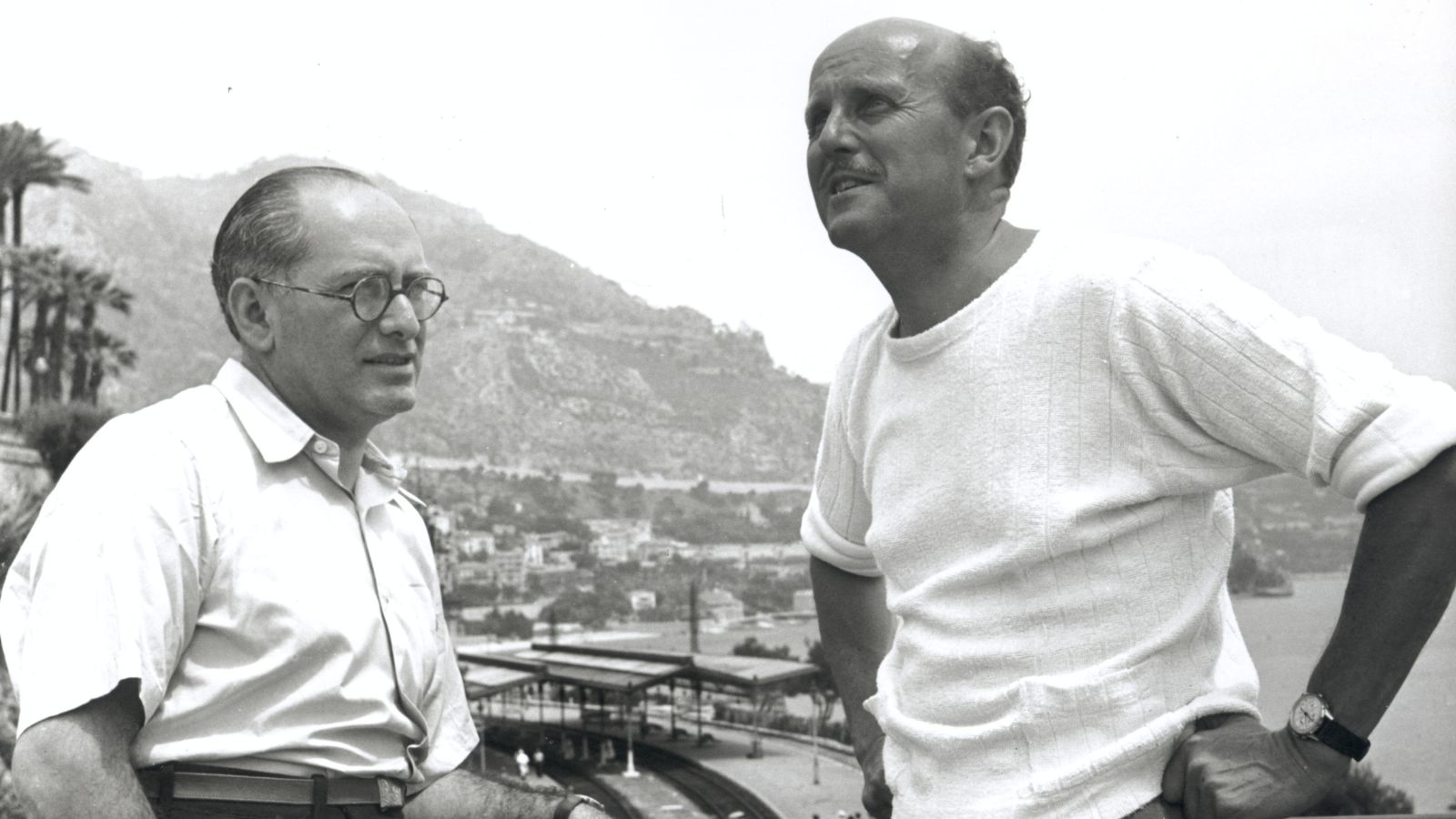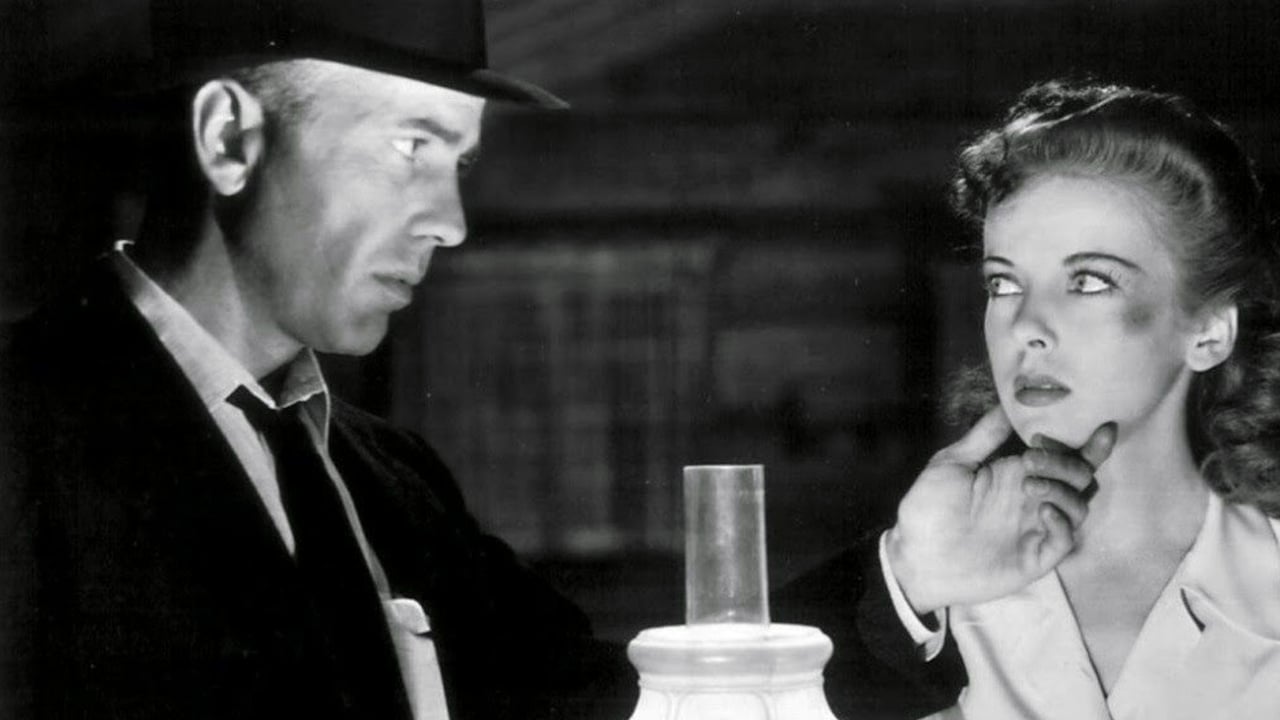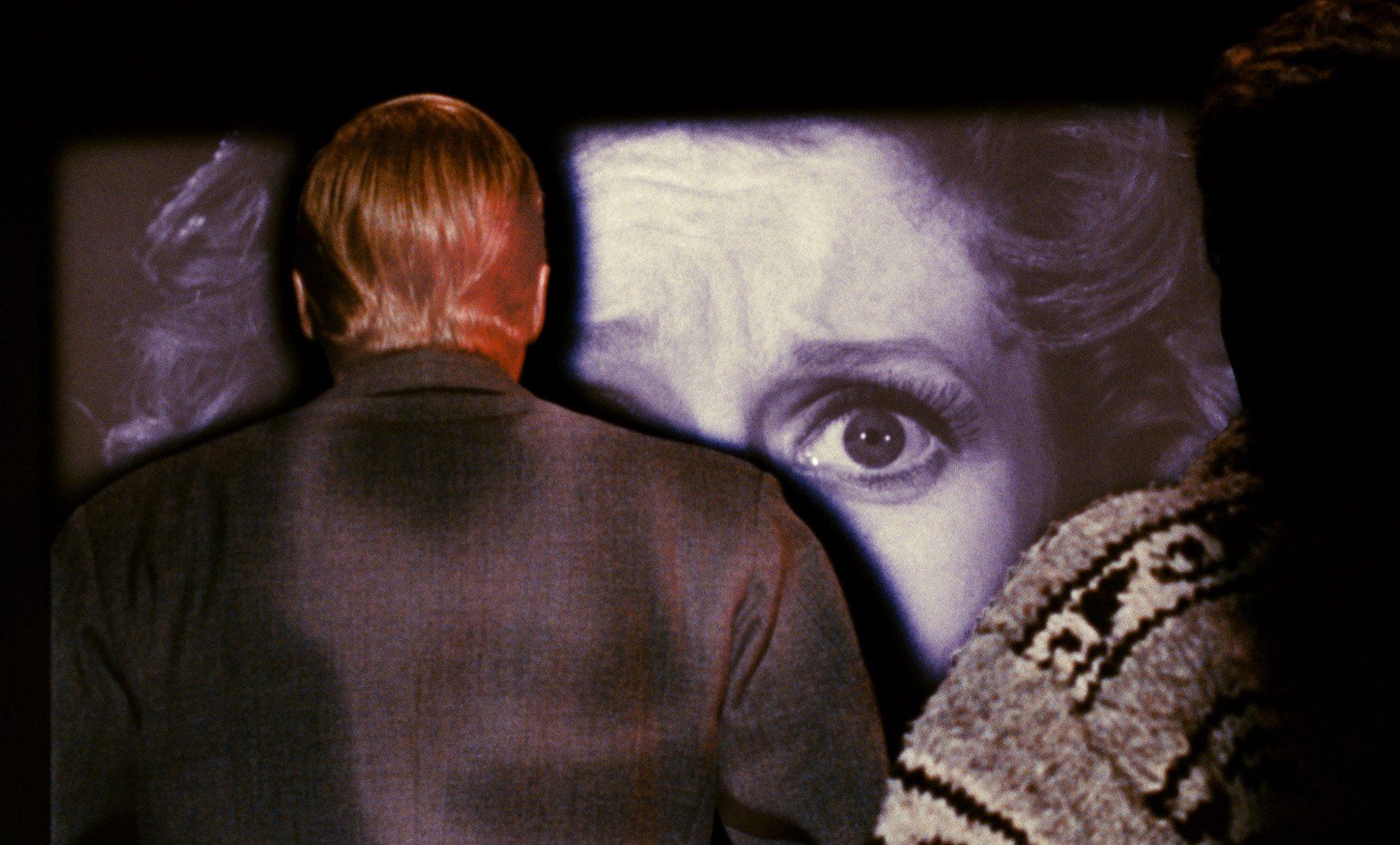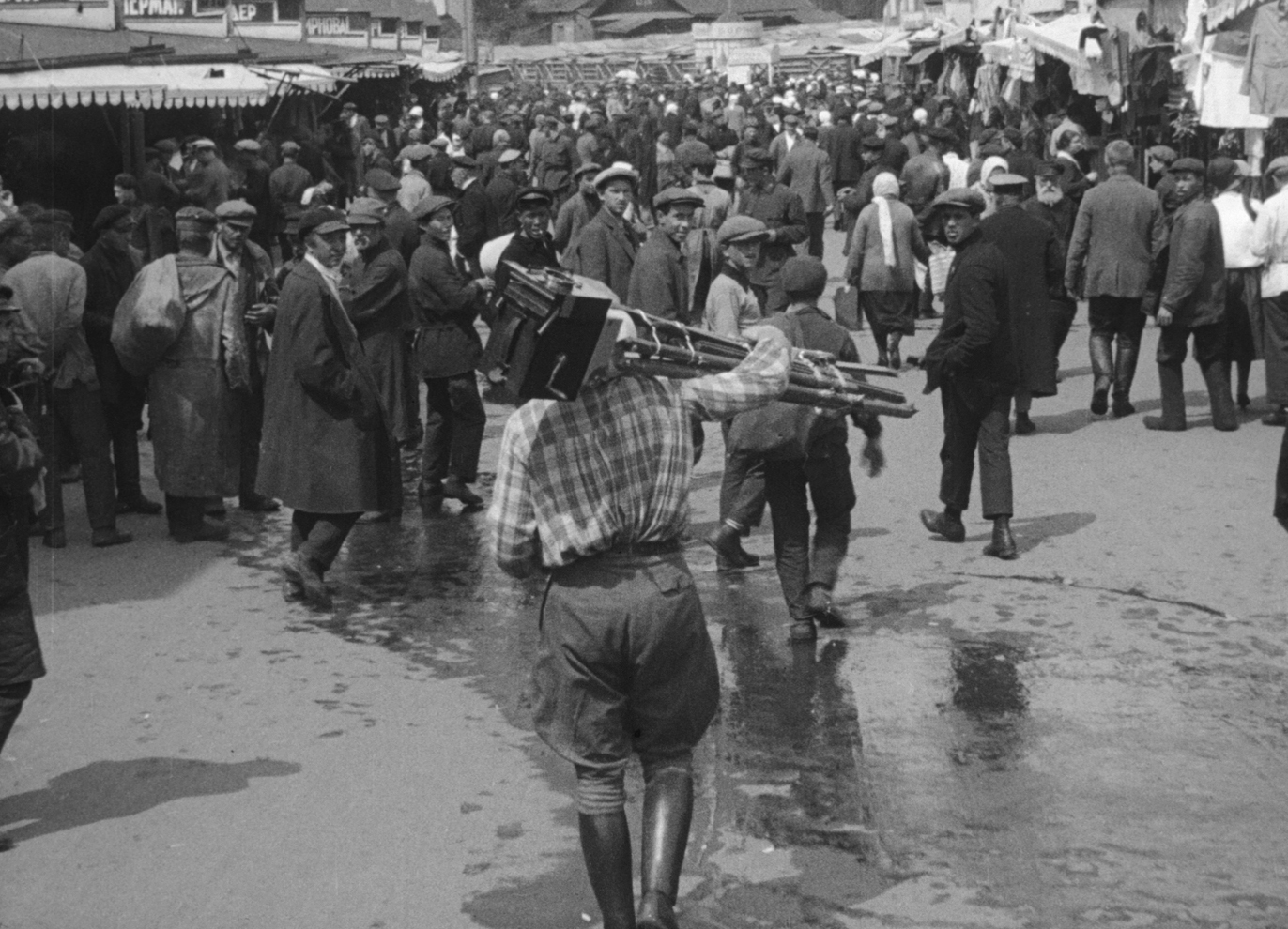
35 Best Films From Directors Over 60
April 16, 2025
Share:
The films below, brilliant in their own ways, are a testament to the enduring talent and wisdom of directors over 60 who continue to redefine the cinematic landscape. These are narratives that will resonate with audiences of all generations, which further proves that age-old but classic adage: it’s never too late. Prepare to be enthralled and inspired as we explore the best films from these visionaries, people who prove that the pursuit of excellence only grows stronger with time.
Read also:
31. The Stranger (1991)
Genres
Director
Actors
Moods
When a stranger claiming to be your long lost uncle suddenly announces that he’ll be visiting you, there’s an immediate mystery there: is this man really who he claims he is? The Stranger is centered on that idea, but the way Satyajit Ray expands on his short story transforms this domestic drama into a witty and contemplative dialectic about civil society, Western versus Indian thinking, our ideas of home, and trust in a world that’s forgotten how to do so. Agantuk may not be Ray at his finest, but it’s a great film to end his career on, with a memorable character that encapsulates Ray’s philosophy.
32. Made in England: The Films of Powell and Pressburger (2024)
Genres
Director
Actors
Moods
Is there anything more lovely than hearing Martin Scorsese talk about cinema? Maybe it’s just the film nerds in us– we are, after all, always on the hunt for A Good Movie to Watch– but it’s just wonderful to hear Scorsese talk about movies, especially from directors he loves and are inspired by. Made in England: The Films of Powell and Pressburger is about the influence of The Archers, and while it’s mostly a straightforward documentary, director David Hinton makes it something like a cohesive film course on the directors, with Scorsese as lecturer. Oftentimes letting the directors’ shots and music speak for themselves, with Scorsese adding needed context, it won’t be a surprise that Made In England would be a treat for film nerds, but it also would be a great introduction for casual viewers, or viewers that want to start watching classic films, like those of The Archers.
33. High Sierra (1941)
Genres
Director
Actors
Moods
Nearly a decade after the Hays Code, the time for glorified gangsters was over. However, before Hollywood shifted their gaze to the European-inspired, shadowy film noir, the gangster bid one last adieu in High Sierra. It was this very concept that was the foundation of the story– bringing back a robber for one more heist– but with an excellent Humphrey Bogart and John Huston’s riveting script, the film was something else. It pushed the gangster genre into a different place, as Bogart’s thief reveals a sensitivity that was then uncommon in the genre, and Huston takes advantage of the Code to build up suspense and sympathy as his farm boy-turned-mobster tries to climb his way to freedom. Being their breakthrough moment, it’s no wonder then that Bogart and Huston continued their partnership in brooding, anti-hero film noir dramas, but High Sierra still holds up to this day, cementing some of the tropes that future crime thrillers draw inspiration from.
34. Peeping Tom (1960)
Genres
Director
Actors
Moods
You know how many films depict the magic and wonder of cinema in such gorgeous, magnificent scenes? Peeping Tom does the opposite. Sure, it has director Michael Powell’s signature flair, with excellently framed and colored shots, but he takes a much more violent route here, swapping spectacular fantasy with the psychological terror of how the act of filming and watching can be. Given the title, it won’t be a surprise that the film involves voyeurism, but rather than of the sexual kind, Powell hones into the morbidity of the camera gaze, the twisted pleasure that’s felt when the audience sees someone terrified, despite the violence done upon them. It’s because of this that the film was so controversial, but eventually, Peeping Tom garnered critical acclaim for breaking ground as the first slasher film ever made.
35. Man with a Movie Camera (1929)
Genres
Director
Actors
Moods
With no dialogue, no intertitles, no hired cast, and barely a semblance of a plot, The Man with a Movie Camera doesn’t seem like the kind of film that today’s viewers would seem to enjoy. The film even warns you beforehand that it doesn’t have these things. But as the theater opens, the seats unfold, and the light bursts through the silver film, filmmaker Dziga Vertov presents a vision of the cinematic landscape that was to come, completely crafting a story of a cameraman’s day purely through the use of cinematography and editing alone. Essentially, it’s crafting these two elements completely from scratch, creating a whole body of signs and symbols (and a whole industry) that eventually formed the language of film as we know it today.
Comments
Add a comment
Ready to cut the cord?
Here are the 12 cheapest Live TV streaming services for cord-cutting.
More lists
Lists on how to save money by cutting the cord.
Curated by humans, not algorithms.
© 2025 A Good Movie to Watch. Altona Studio, LLC, all rights reserved.





